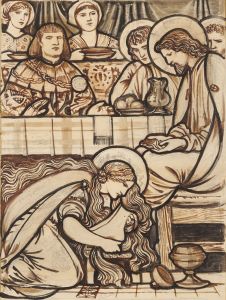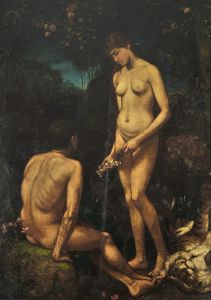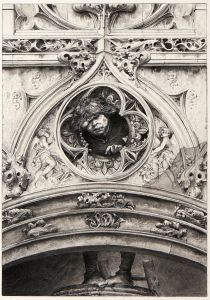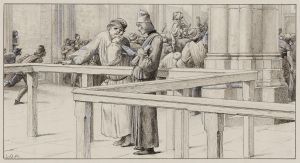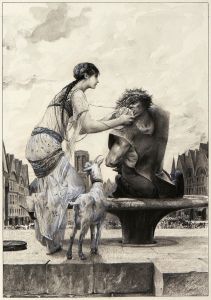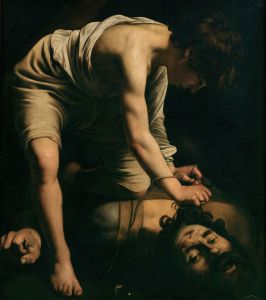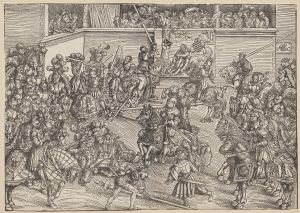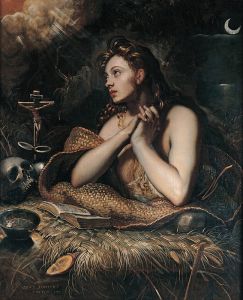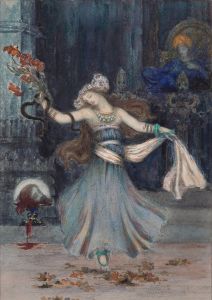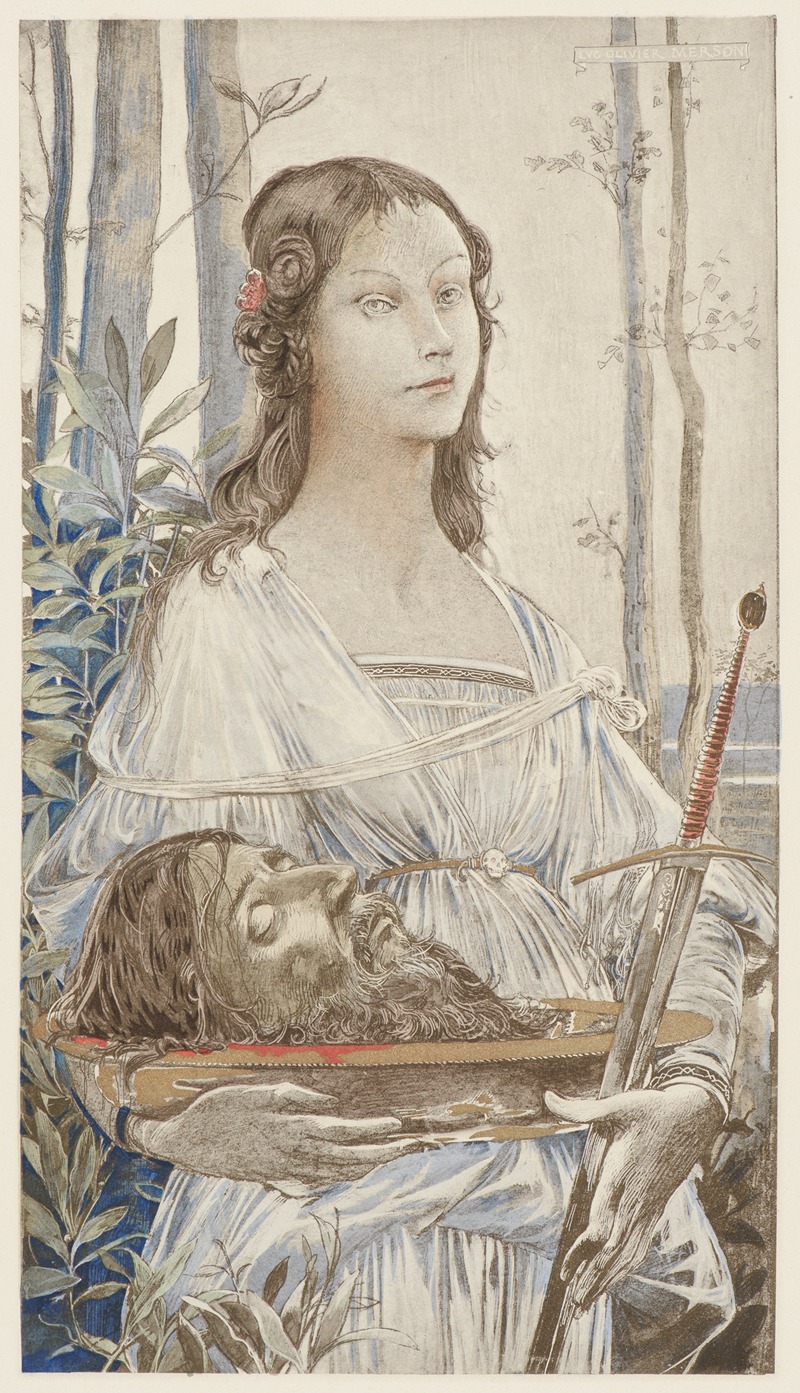
Salomé
A hand-painted replica of Luc-Olivier Merson’s masterpiece Salomé, meticulously crafted by professional artists to capture the true essence of the original. Each piece is created with museum-quality canvas and rare mineral pigments, carefully painted by experienced artists with delicate brushstrokes and rich, layered colors to perfectly recreate the texture of the original artwork. Unlike machine-printed reproductions, this hand-painted version brings the painting to life, infused with the artist’s emotions and skill in every stroke. Whether for personal collection or home decoration, it instantly elevates the artistic atmosphere of any space.
Luc-Olivier Merson's painting "Salomé" is a notable work by the French artist, who was active during the late 19th and early 20th centuries. Merson, born in 1846, was a prominent figure in the French art scene, known for his historical and religious subjects. He was a member of the Académie des Beaux-Arts and received numerous accolades throughout his career, including the prestigious Prix de Rome in 1869.
The painting "Salomé" depicts the biblical figure Salome, who is often associated with the story of the beheading of John the Baptist. This narrative, found in the New Testament, describes how Salome, the daughter of Herodias, danced for King Herod and, at her mother's behest, requested the head of John the Baptist as a reward. This story has been a popular subject in art, literature, and music, inspiring numerous interpretations over the centuries.
Merson's interpretation of Salome is characterized by his meticulous attention to detail and his ability to convey complex emotions through his subjects. The painting captures a moment of tension and drama, reflecting the artist's skill in rendering both the physical and psychological aspects of his characters. Merson's use of color and composition adds to the overall impact of the work, drawing the viewer into the scene and inviting them to contemplate the underlying themes of power, desire, and retribution.
Luc-Olivier Merson was known for his academic style, which was influenced by his training at the École des Beaux-Arts in Paris. His works often feature a blend of realism and idealism, with a focus on historical accuracy and narrative depth. In "Salomé," Merson's attention to historical detail is evident in the costumes and setting, which reflect the artist's interest in the period and his commitment to authenticity.
Throughout his career, Merson explored a variety of themes and subjects, but he remained particularly drawn to religious and historical narratives. His ability to infuse these stories with a sense of drama and emotion made his work popular among both critics and the public. In addition to his paintings, Merson also worked as an illustrator and designer, contributing to various publications and projects, including the design of French banknotes and postage stamps.
"Salomé" is a testament to Merson's skill as a painter and his ability to engage with complex themes through his art. The painting remains an important example of 19th-century French academic painting and continues to be studied and appreciated for its artistic and historical significance. Merson's work, including "Salomé," is held in various collections and museums, where it continues to be accessible to art enthusiasts and scholars alike.
Luc-Olivier Merson passed away in 1920, leaving behind a legacy of work that reflects his dedication to his craft and his ability to capture the human experience through art. His paintings, including "Salomé," remain a testament to his talent and his contribution to the world of art.





